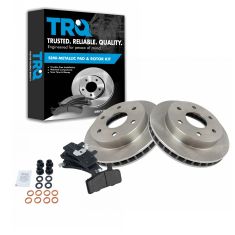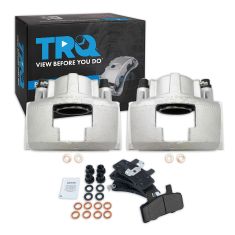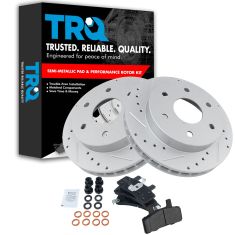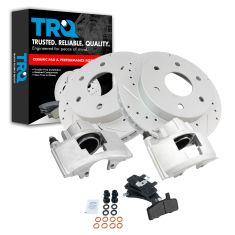1ABPS03015-Chevrolet Dodge GMC Cadillac Front Semi-Metallic Brake Pads TRQ BFA73561
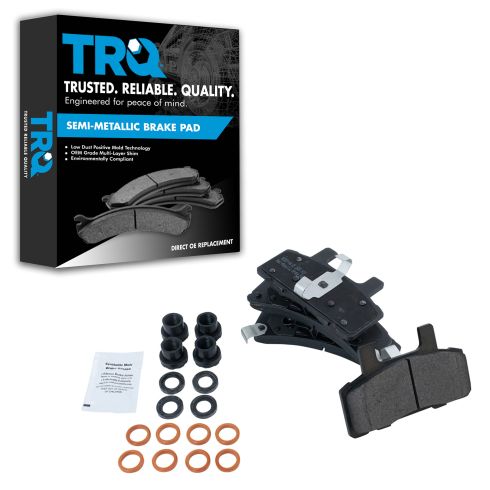
Replaces
1998 Chevrolet K2500 Truck with 11 Inch Rear Drums Front Semi-Metallic Brake Pads TRQ BFA73561

Product Reviews
Loading reviews
5.00/ 5.0
1
1review
Work great fit great
July 27, 2021
They fit perfect and work great...and were cheaper than chain parts store
Customer Q&A
Ceramic brake pads vs semi metallic brakes pad what is best for my truck?
August 25, 2020
10
Thank you for your inquiry! It is really what you would prefer when deciding between ceramic and semi-metallic pads. The ceramic pads tend to be quieter and cleaner in comparison to the semi-metallic pads. Please let us know if you have any further questions, thank you.
August 25, 2020
Jessica D
Is it both sets fronts an rear?
July 28, 2023
10
This listing will only include the front brake pads. Currently, we do not carry the rear pads for your vehicle. We're always updating our inventory so please check back soon!
July 29, 2023
Meghan R
Chevrolet is a registered trademark of General Motors Company. 1A Auto is not affiliated with or sponsored by Chevrolet or General Motors Company.
See all trademarks.















